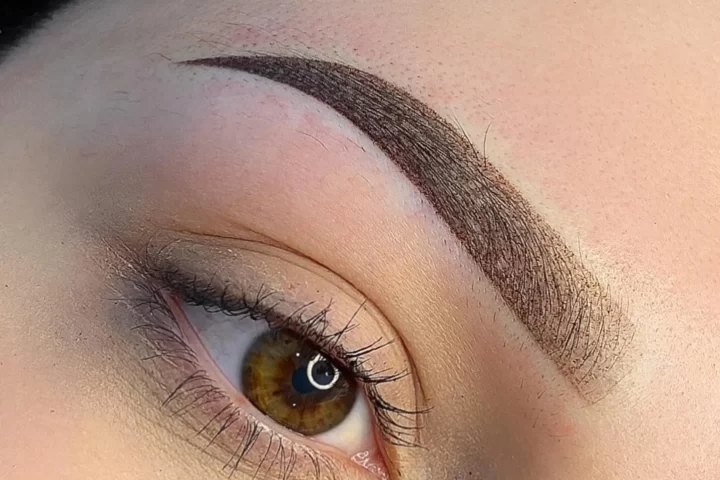Microblading has become super popular over the last few years. It’s a semi-permanent makeup technique that creates the illusion of fuller, perfectly shaped brows by implanting pigment into the skin. While the results are amazing, you should consider the risks, including allergic reactions and infections, before you commit to this treatment. In this post, we’ll go into the microblading process, the risk of allergic reactions and how to have a safe experience.
Benefits, Process, Tips
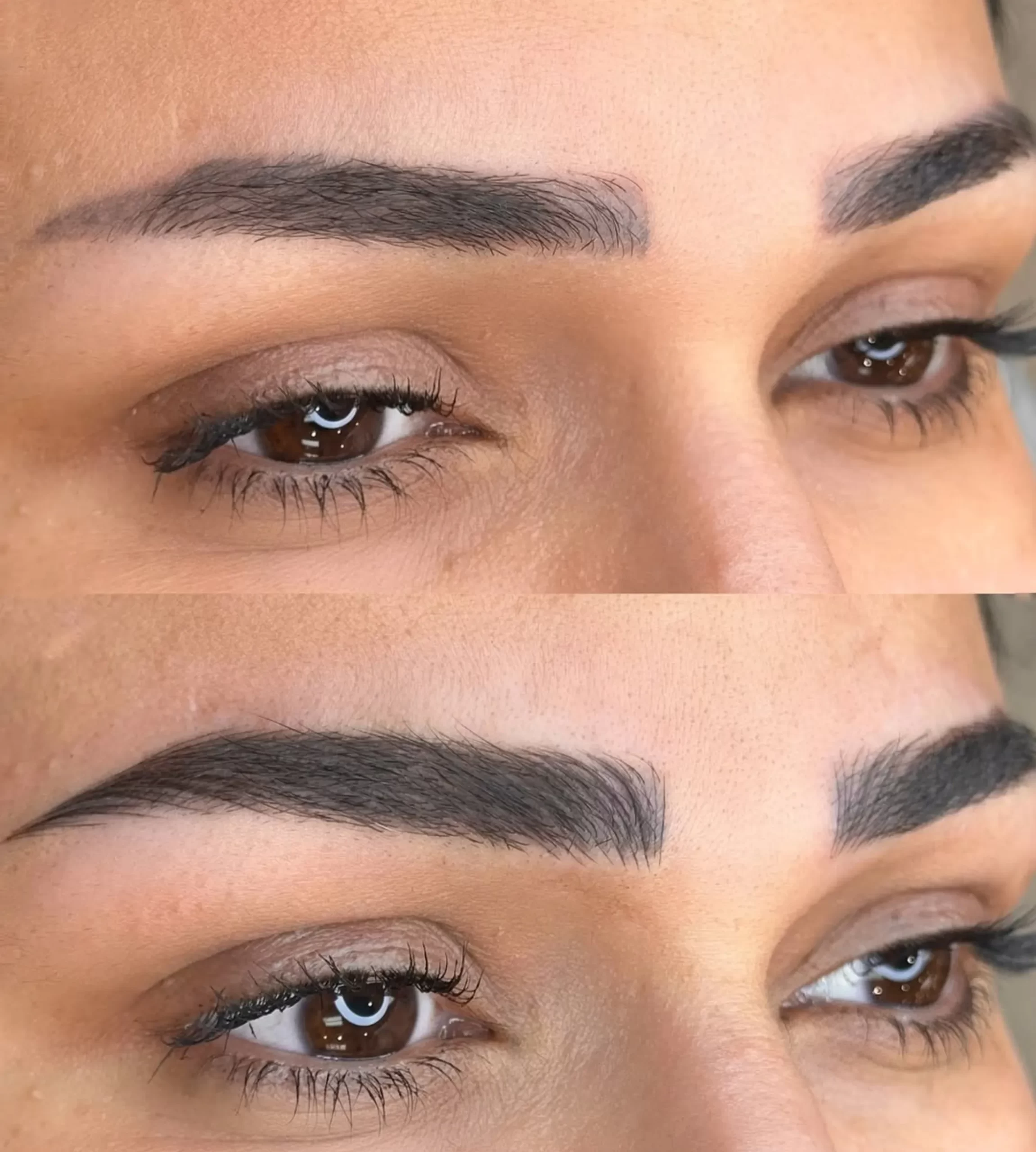
Microblading is a form of cosmetic tattooing where a handheld tool with fine needles is used to deposit pigment into the skin. The process creates hair-like strokes that mimic natural brow hairs, resulting in fuller and more defined brows. This technique is also known as a cosmetic eyebrow tattoo or microblading eyebrows and is a popular option for those looking for long-lasting solutions like powder brows and other forms of eyebrow tattooing. Microblading effects last between 1-3 years, depending on skin type, lifestyle and aftercare.
This cosmetic tattooing has changed the beauty industry, providing a more natural-looking alternative to traditional tattooing. Cosmetic tattoo techniques like eyebrow tattooing and microblading are a more refined way to get the perfect brow. It’s especially popular with people with sparse brows, those who don’t want to use daily brow products like pencils and powders or those who want a more symmetrical brow shape.
Allergic Reactions: The Risks
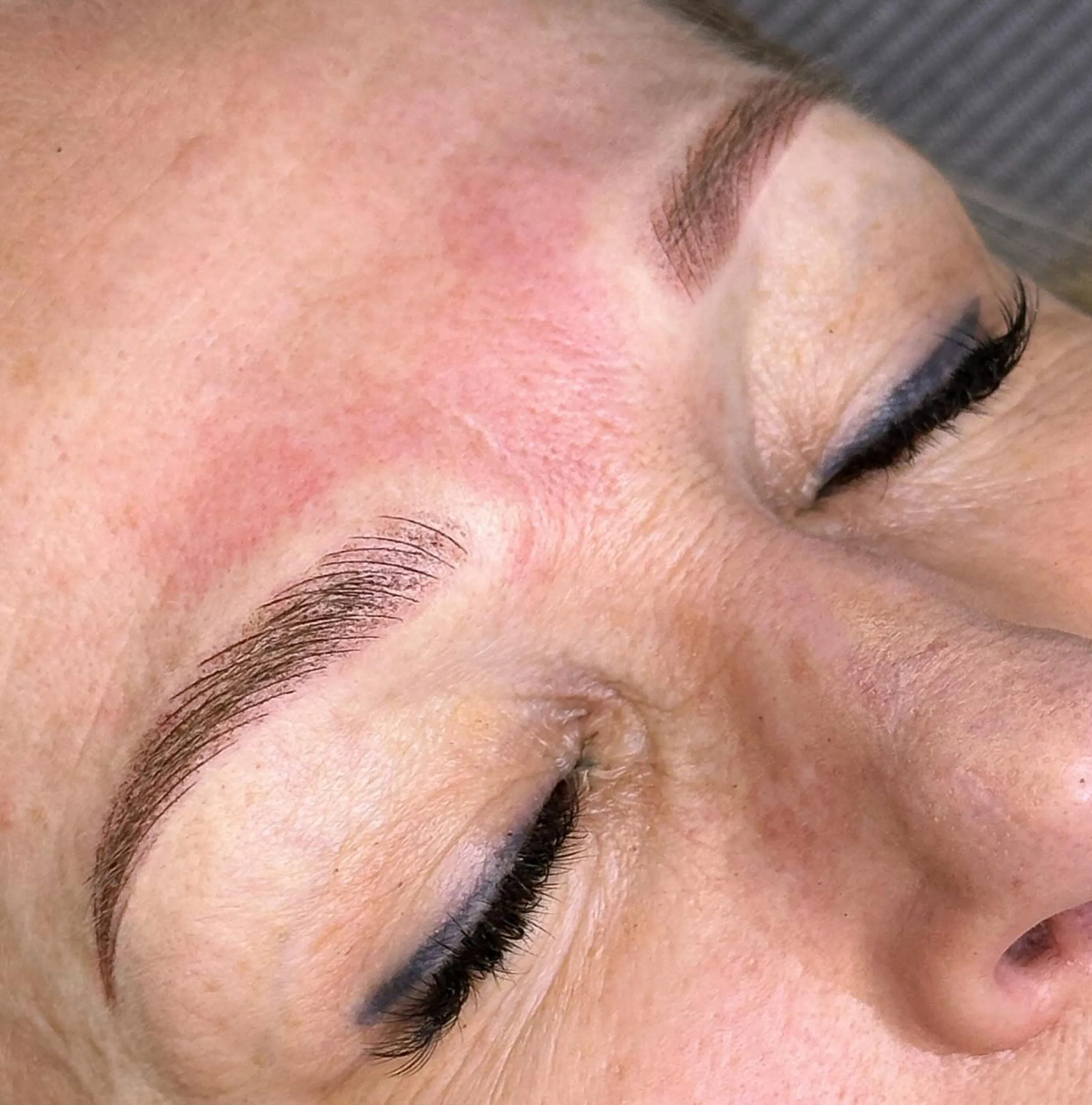
Allergic reactions to microblading are rare but can happen. These can be due to sensitivity to the microblading pigment or the numbing agents used during the session. Common signs of an allergic reaction are redness, itching, swelling and rashes around the treated area. In severe cases, these can escalate into infections or other adverse reactions.
Risk factors for infection or allergic reaction include:
- Pre-existing skin conditions: Eczema, sensitive skin or psoriasis can make the skin more irritated.
- Allergic history: If you have a history of allergies especially to tattooed skin or cosmetics you may be more at risk.
- Poor quality pigments: Using low-quality or unapproved pigments can increase the risk of infection and adverse effects.
- Improper technique: A poorly trained microblading artist or using non-sterilised tools can cause infections or long-term complications.
How to Minimize the Risk
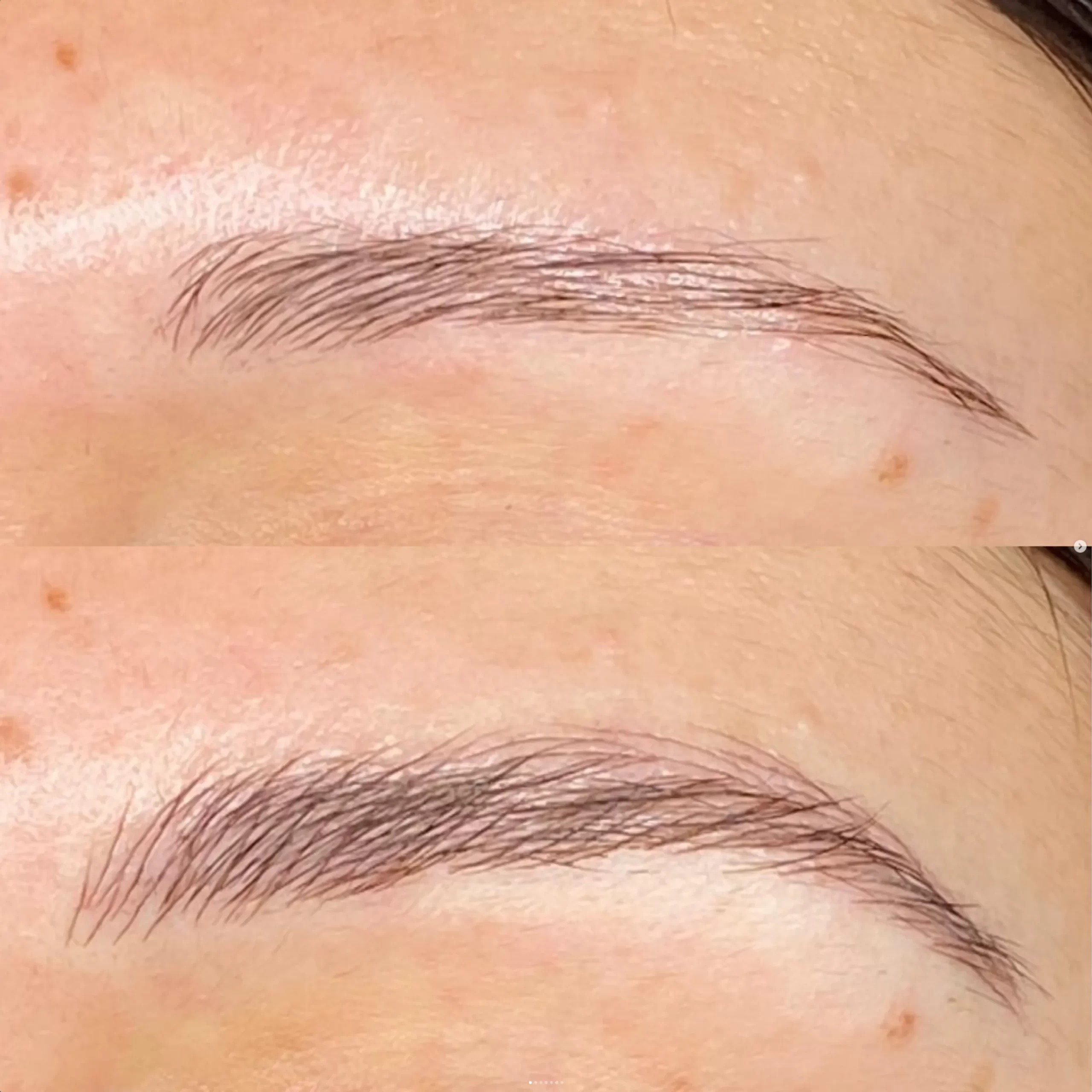
- Patch Test: Always ask for a patch test before the procedure. This is where a small amount of pigment is applied to your skin to see if you react to it.
- Research Your Technician: Choose a qualified technician or licensed esthetician who uses high-quality pigments and follows strict infection control.
- Tell Them About Allergies: Let your microblading technician know of any known allergies, medical history or sensitivities.
- Follow Aftercare: Proper aftercare (no direct sun, no excessive sweating, use of healing balm) will reduce the risk of infection. The following aftercare will ensure proper healing and the best results.
- No Direct Sun: Direct sun exposure during the healing process can affect pigment retention and increase the risk of infection.
- See a Dermatologist: If you have any concerns, see a doctor before.
Healing Process
The healing process takes a few weeks. The brows will be darker than expected, and some mild swelling or redness will be normal. Scabbing will occur as the skin heals, and you must not pick at these scabs to prevent infection or pigment loss. Full recovery, including pigment stabilization, will take up to 6 weeks.
What to Do
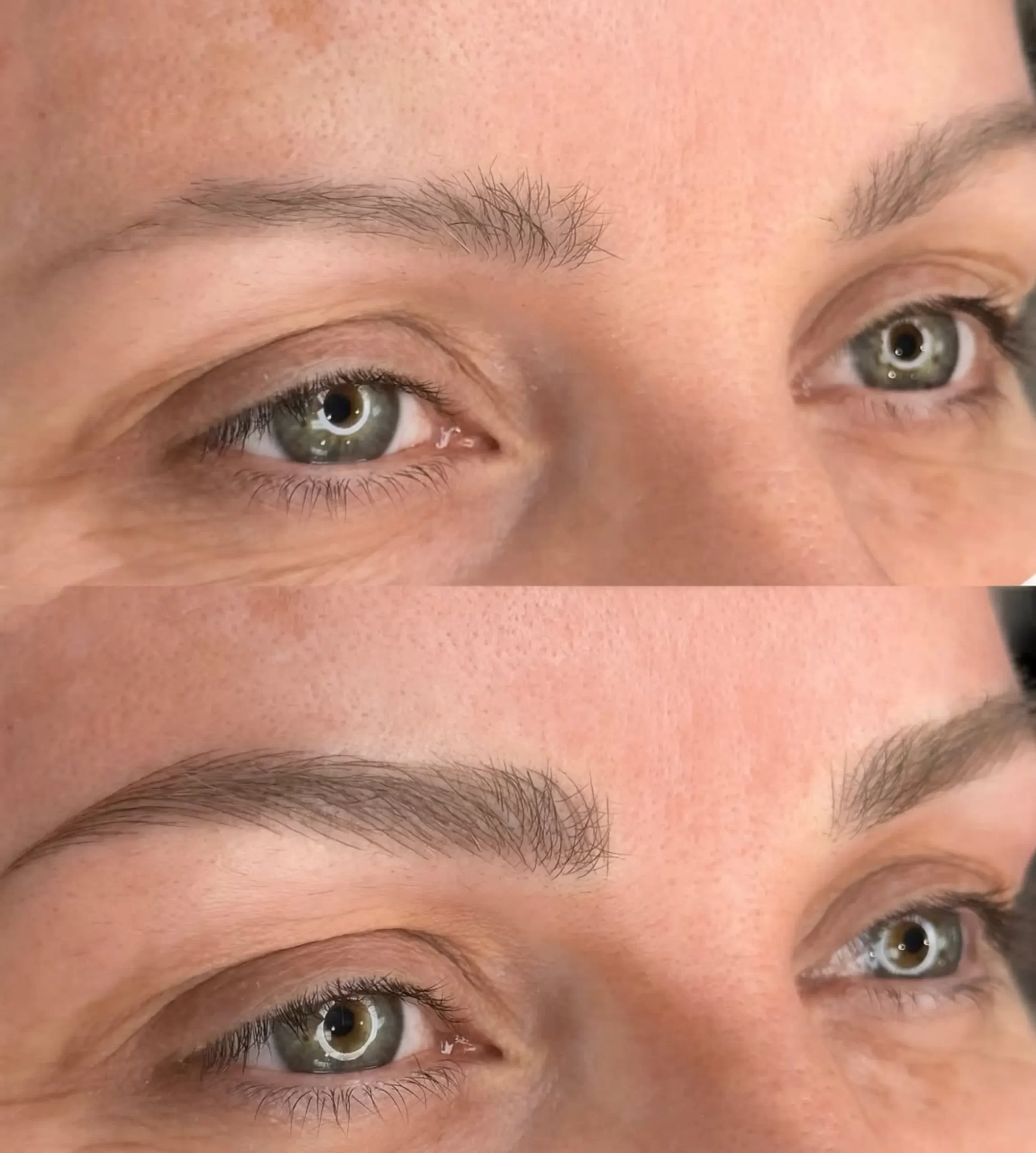
If you experience any signs of infection or allergic reaction after your microblading session, act fast:
- Contact Your Technician: Let your microblading technician know what’s going on. They can give you initial advice on what to do.
- See a Doctor: For severe reactions or long-term complications, see a doctor immediately. They may prescribe antihistamines, topical creams or other medication to help your symptoms.
- Don’t Scratch: Don’t scratch or pick at the area. This will make it worse and increase the risk of bacterial infection.
Benefits
Working with an experienced microblading artist will reduce the risk of complications. These professionals use high quality pigments and techniques and follow strict infection control to ensure a safe and good result. A certified microblading artist can also give you personalized advice based on your skin type and tone to get natural-looking brows that suit you.
Details
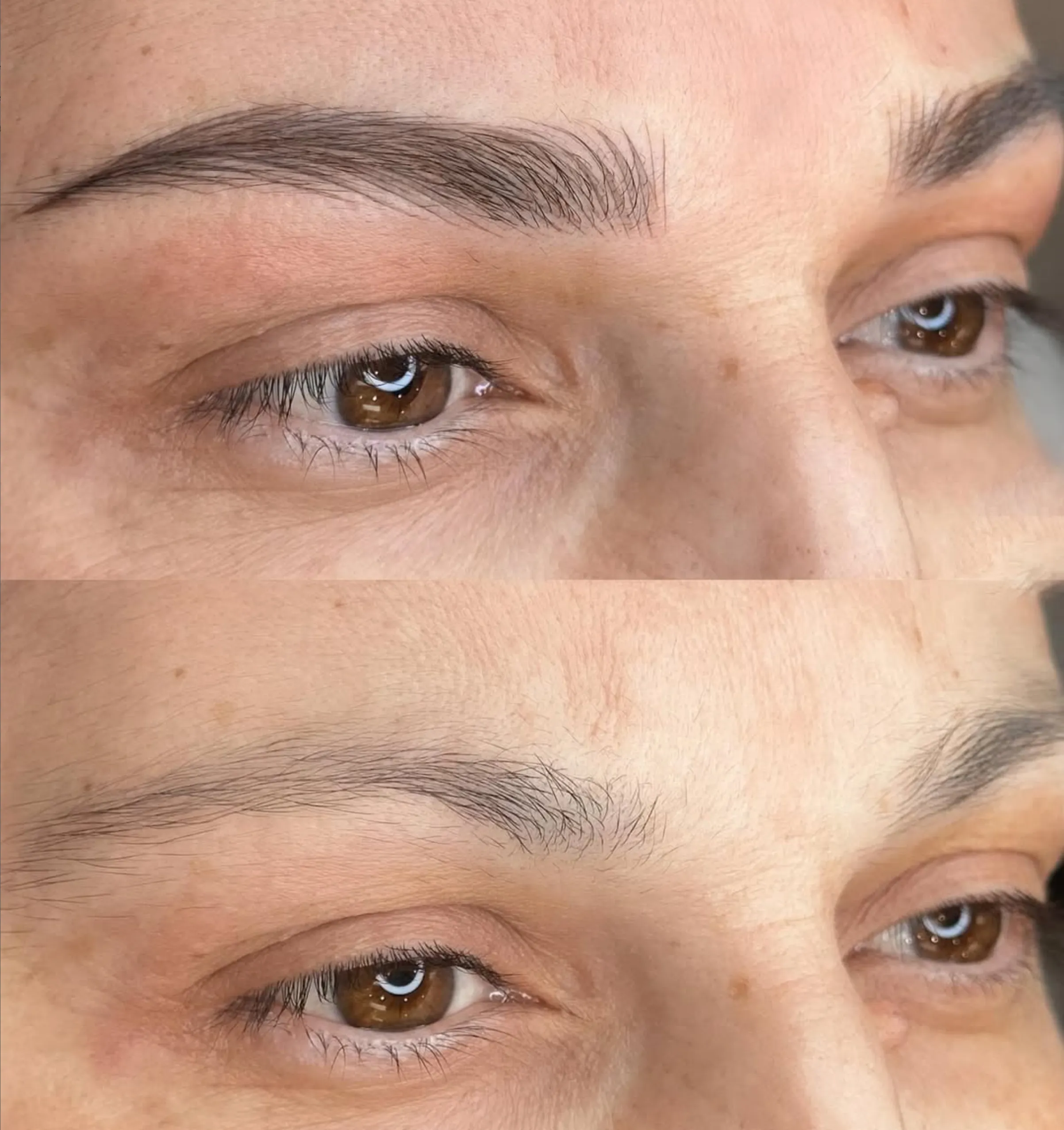
Not everyone is a good candidate for microblading. People with certain medical conditions like uncontrolled diabetes or autoimmune disorders should consult a doctor before getting the procedure. Those with very oily skin may find it hard to maintain the pigment. Make sure you have an educated decision-making process when considering this treatment.
Conclusion
Microblading can be a great cosmetic procedure to get amazing brows and enhance natural beauty. However, understanding the risks and making an informed decision are key. By doing patch testing, choosing a skilled microblader and following aftercare properly, you can enjoy this treatment with peace of mind. Always prioritize safety and communication with your technician to have a smooth healing process and get flawless brows.
Follow these tips and work with a microblader and you can get beautiful brows while minimizing the risks.
FAQ
What’s the chance of an allergic reaction to microblading?
Low but varies depending on individual sensitivities, skin tone and quality of pigments used.
How do I know if I’m allergic to the pigment used in microblading?
Ask your microblader to do a patch test. This is applying a small amount of pigment to your skin to check for any reaction.
What if I experience swelling or redness after microblading?
Mild swelling and redness are normal and will go away in a few days. If it persists or gets worse, consult your technician or a doctor.
Can I get microbladed if I have sensitive skin?
Yes, but inform your technician about your sensitivity. They can recommend pigments and techniques to minimize the risk of negative reactions or infections.
How long does it take to heal?
7-14 days to heal. 6 weeks for the pigment to stabilize. Healing is key to getting natural brows.
